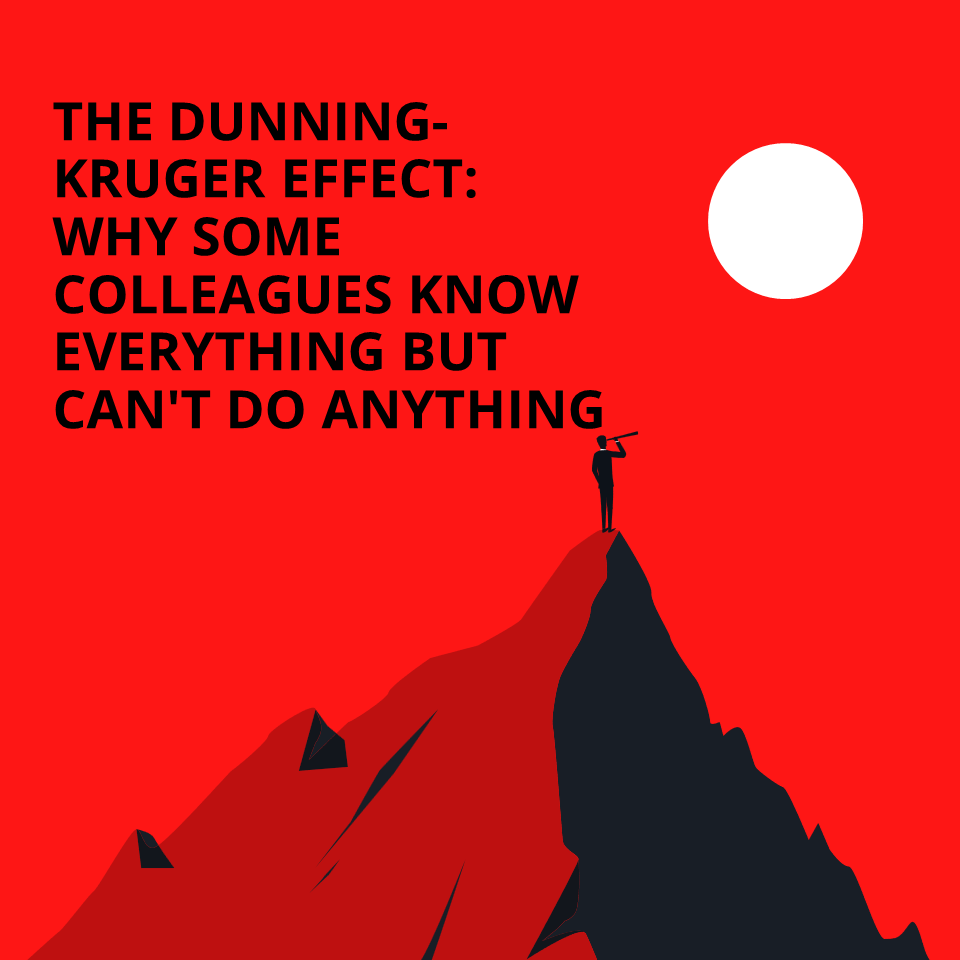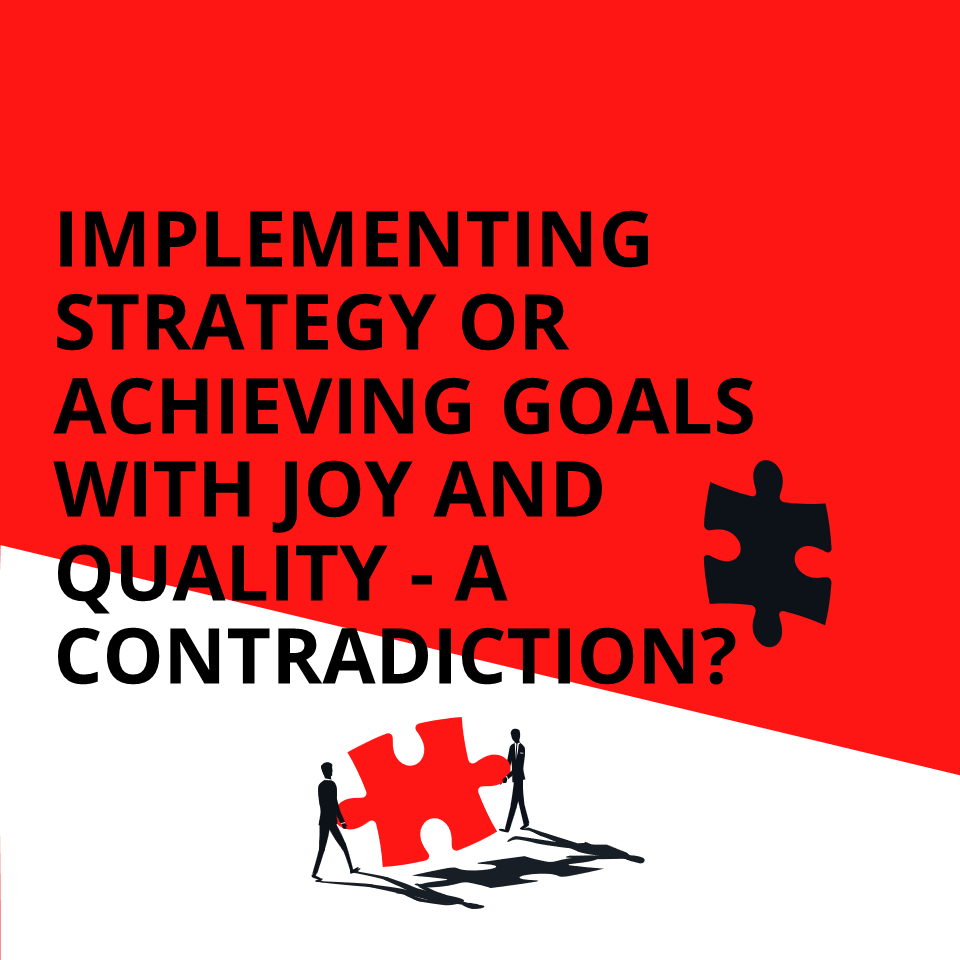Managers face a wide range of challenges in change processes. Managers often experience resistance and discuss how best to deal with it or even how to break it. This is done as if resistance is an active and conscious behavior of employees. Understanding better how the human brain works can open up a new perspective on the topic of resistance.

When the autopilot takes over
When people encounter a situation (e.g. a change), the limbic system of our brain decides at lightning speed whether the situation is relevant and/or threatening at the moment. If a situation is judged to be both relevant and potentially dangerous, the neural networks that have been successful in dealing with comparable experiences in the past are immediately activated. Neural networks include beliefs, assumptions, and thoughts about the situation, with corresponding feelings and physical reactions (e.g., increased pulse, sweating, trembling, discomfort …). At this moment, a kind of “autopilot” takes over the control of our experience and behavior.
Once the emotional “autopilot” has taken over, it influences our perception and formation of assumptions about the situation. We suddenly see things as more threatening than they might be, we construct our own stories, which in turn trigger emotions.
All this happens without the intervention of our consciousness, so it has no say in the decision at all. Therefore, we feel at the mercy of the situation, feeling at best like a passive bystander or even a victim. People around us are then often irritated, because in their experience they usually see and evaluate the situation quite differently.
Using resistance as a wake-up call
“Resistance” is thus rarely a consciously controlled behavior, but rather action by the “autopilot” of our brain. Our (psychological) system sounds the alarm through “resistance” and indicates that one or more important and justified basic needs (e.g. need for safety, autonomy, belonging …) are experienced as being in danger. Devaluing this involuntary reaction does not help us and often makes the situation worse.
Learning to deal with our own “resistance
With this basic attitude in change processes, employees can succeed in making use of their own “resistance”.
This can be done simply and pragmatically with the greytogreen® approach (www.greytogreen.com).
People learn to do this in a structured way by asking the following questions:
- How do I recognize that my “autopilot” has taken over?
- What do I really know about the situation and what are (constructed) assumptions?
- Which alternative and equally valid perspectives can I take in this situation?
- What action can I consciously decide to take as a result? What exactly can I influence?
- And how can I do what I do, above all, with joy?
People learn to accept and affirm their own (negative) emotions, but also those of others, and to understand them as important information and as a wake-up call. They learn to focus on what they can influence and thus become more the active creator of change and less its victim.
The energy of “resistance” is given a constructive direction.
Let us know what you think about this topic and leave us a short comment.
And if this post is valuable to you, feel free to share it using the selection below.



